Maintaining orchids requires attention to their specific needs, as they have unique growth habits and care requirements. Here are general maintenance tips for orchids:
- Light:
- Provide the appropriate amount of light based on the orchid species. Most orchids prefer bright, indirect light, while some tolerate low light conditions. Avoid direct sunlight, as it can scorch the leaves.
- Watering:
- Orchids are sensitive to overwatering. Allow the growing medium to approach dryness before watering. Use a well-draining orchid mix and water thoroughly, ensuring that excess water can drain away.
- Humidity:
- Orchids, especially tropical species, thrive in high humidity. Maintain humidity levels between 50% and 70%. You can achieve this by placing the orchids on trays filled with water and pebbles or using a humidifier.
- Temperature:
- Orchids have specific temperature requirements depending on the species. Most orchids prefer temperatures between 60°F to 80°F (15°C to 27°C) during the day and a slight drop at night. Avoid drastic temperature fluctuations.
- Air Circulation:
- Ensure good air circulation around your orchids. This helps prevent the development of fungal diseases and promotes overall plant health.
- Fertilization:
- Use a balanced orchid fertilizer during the growing season. Follow the recommended dilution and frequency on the fertilizer packaging. Reduce or eliminate fertilization during the dormant period.
- Repotting:
- Repot orchids when the growing medium breaks down, typically every 1-2 years. Use a specialized orchid mix and inspect the roots during repotting. Trim any dead or rotted roots.
- Support:
- Provide support for tall or vining orchids. Use stakes or trellises to prevent stems from breaking and to maintain an upright growth habit.
- Disease and Pest Control:
- Monitor orchids for pests such as spider mites, aphids, or scale insects. Treat infestations promptly with insecticidal soap or neem oil.
- Keep an eye out for signs of diseases, such as fungal or bacterial infections. Proper ventilation and avoiding overwatering can help prevent these issues.
- Pruning:
- Prune dead or yellowing leaves and spent flower spikes. This not only maintains the orchid’s appearance but also promotes new growth.
- Rest Period:
- Some orchids go through a natural rest period where they have reduced or no active growth. During this time, reduce watering and avoid fertilizing until new growth resumes.
Remember that specific care requirements can vary among different orchid species, so it’s essential to know the type of orchid you have and tailor your care accordingly. Regular observation and adjusting care practices based on the orchid’s response will contribute to their overall well-being.


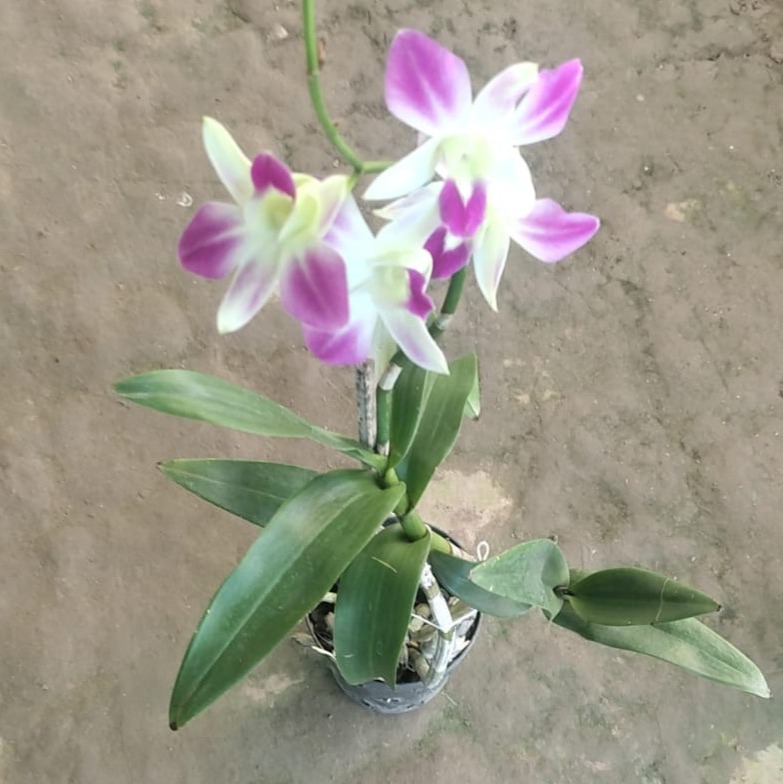
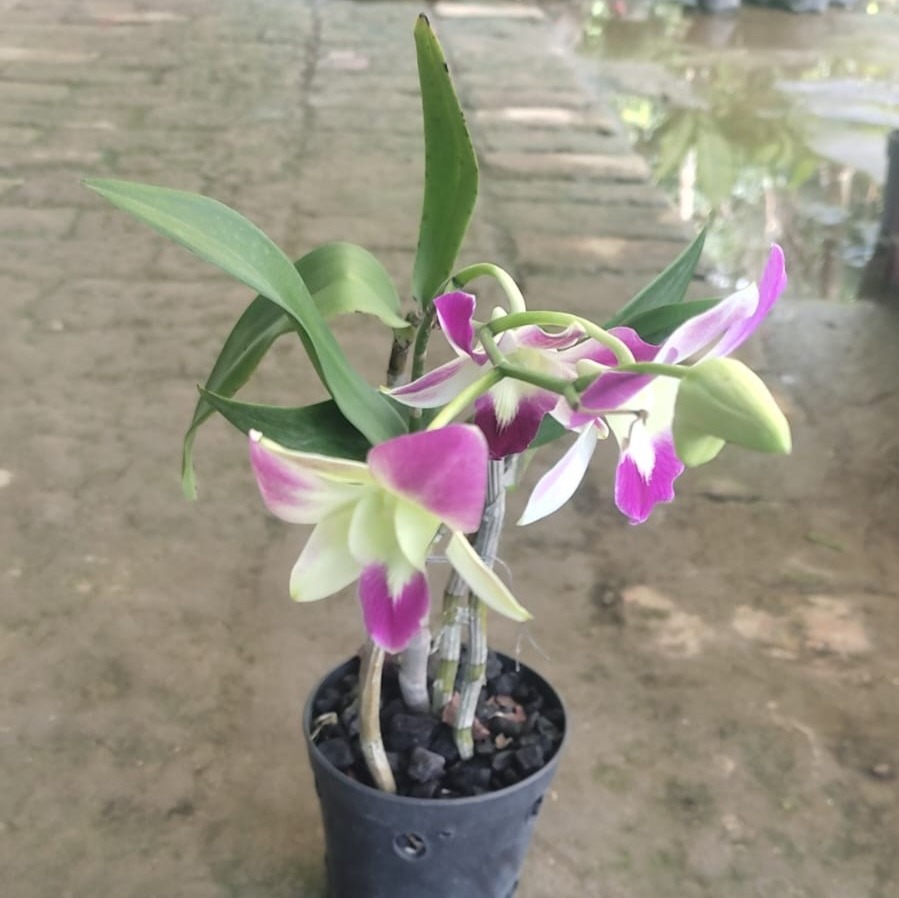

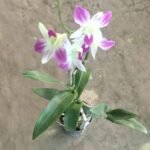

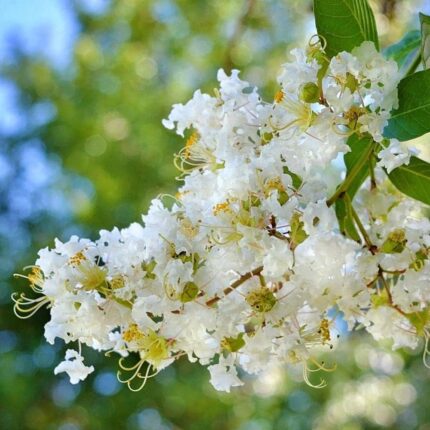
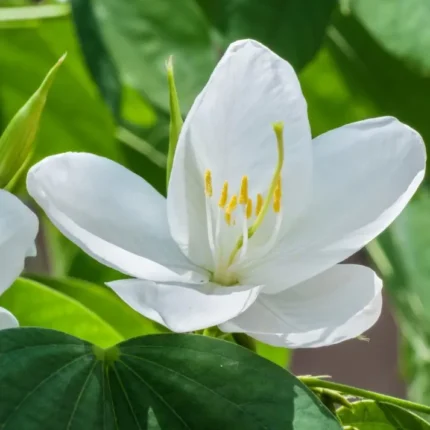





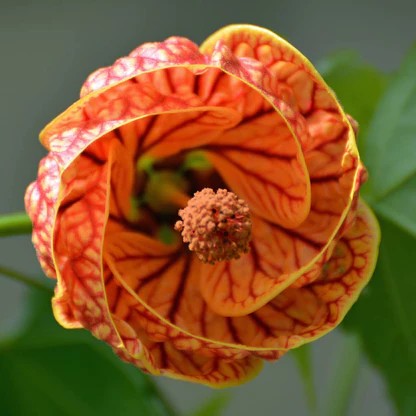
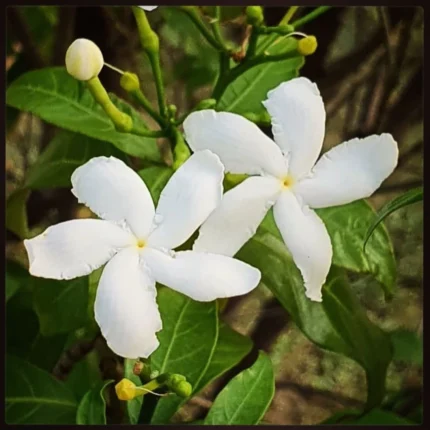
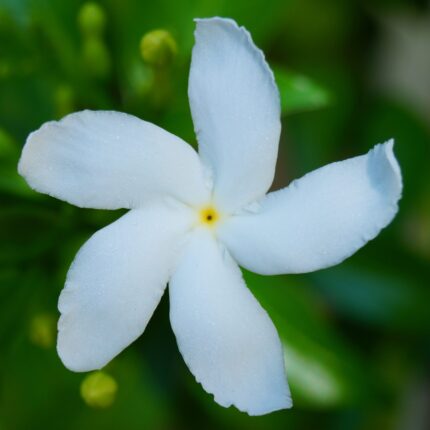
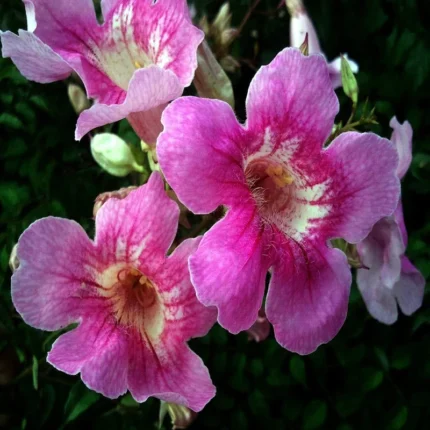
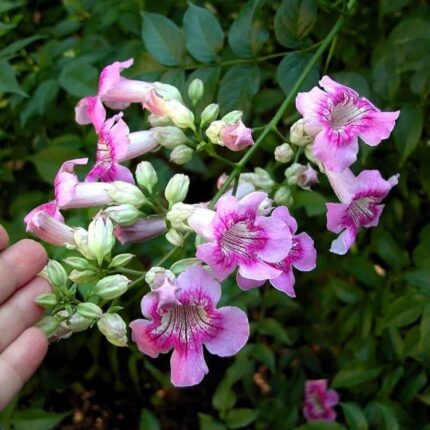

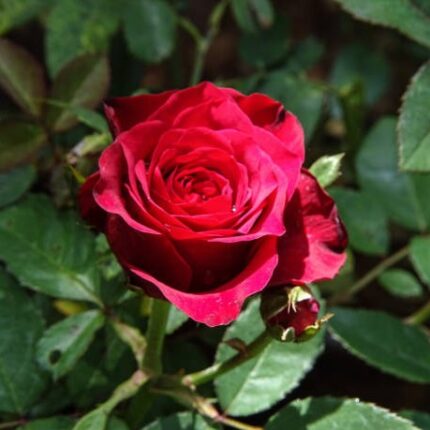
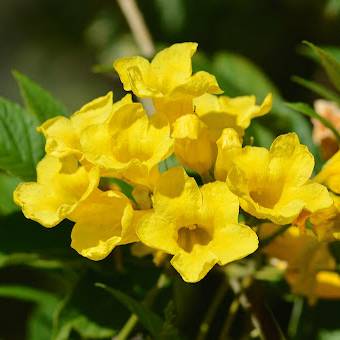

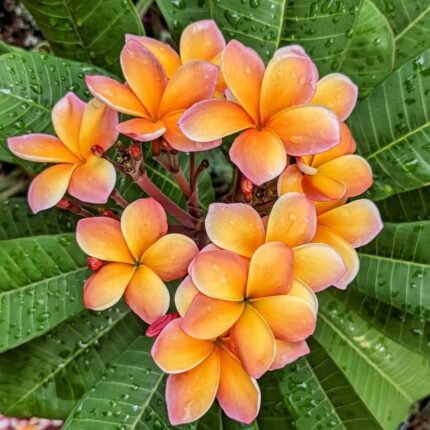
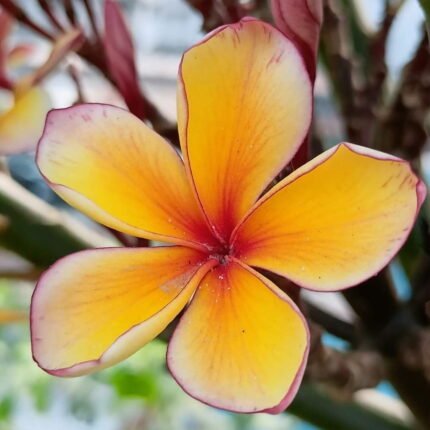
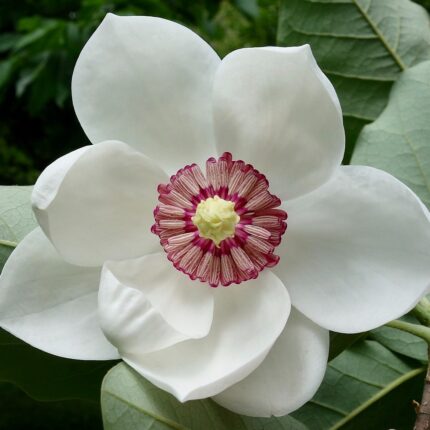
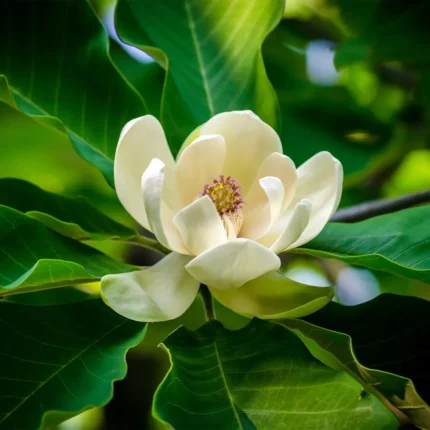
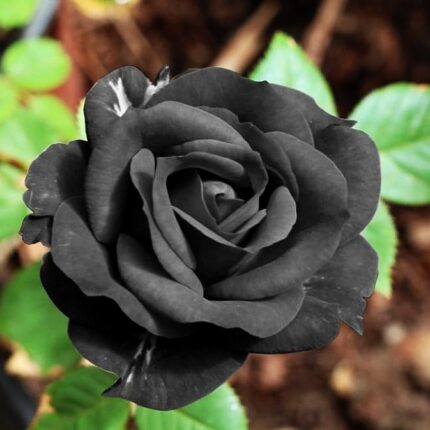

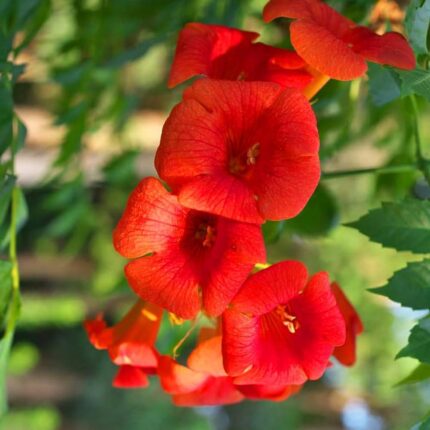
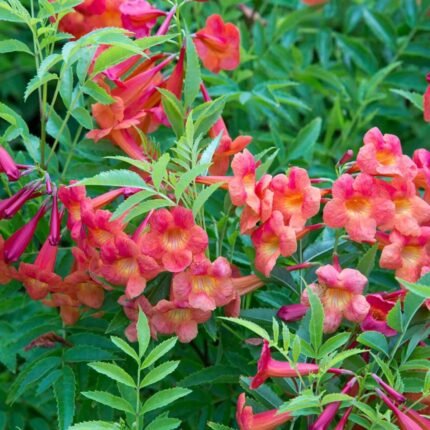
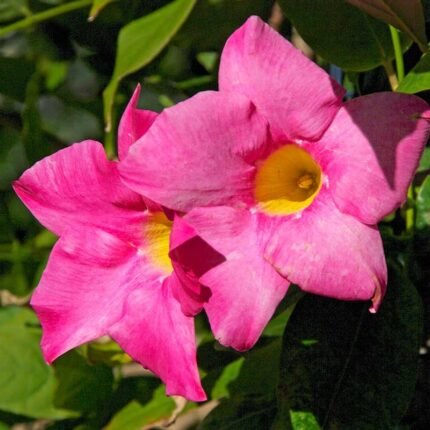

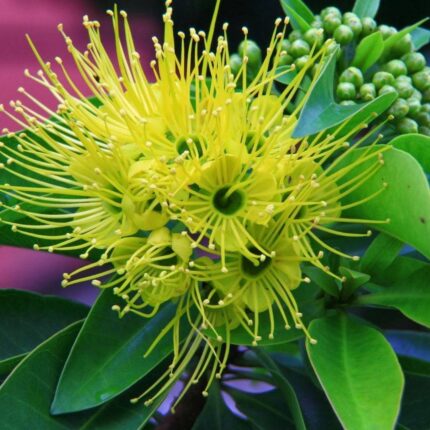
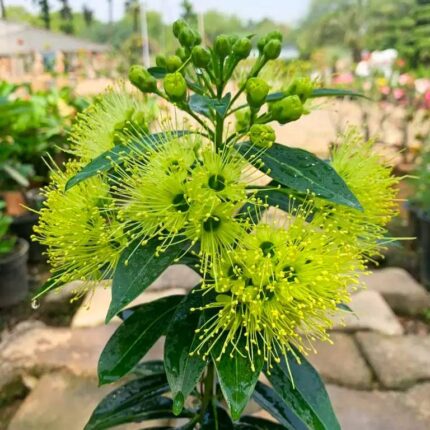
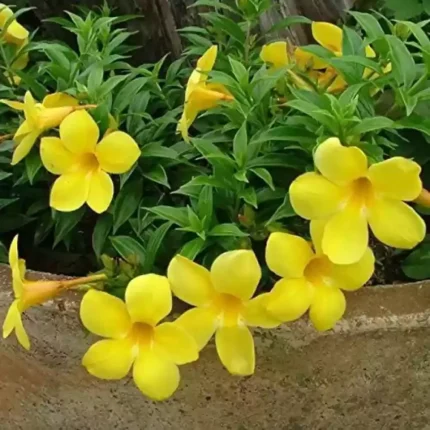

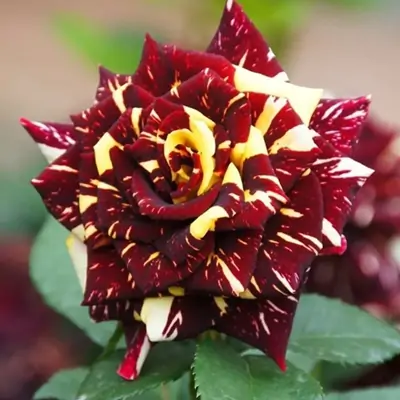
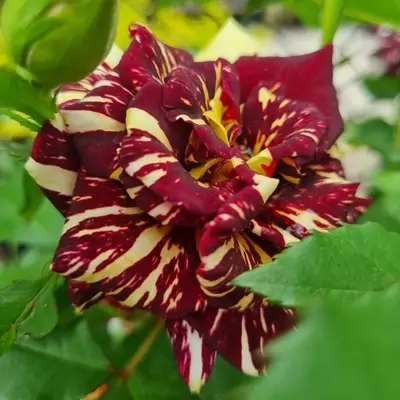

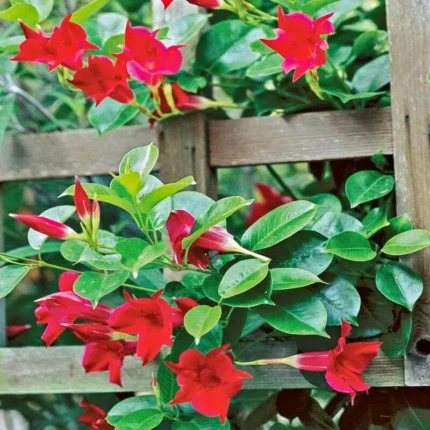
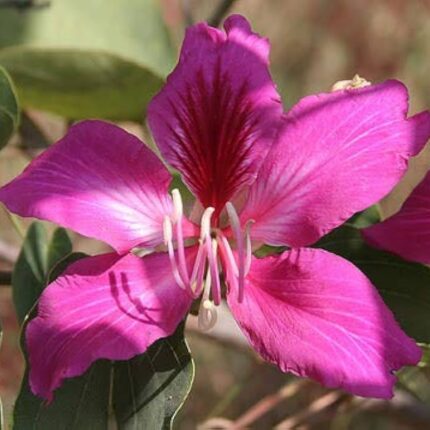
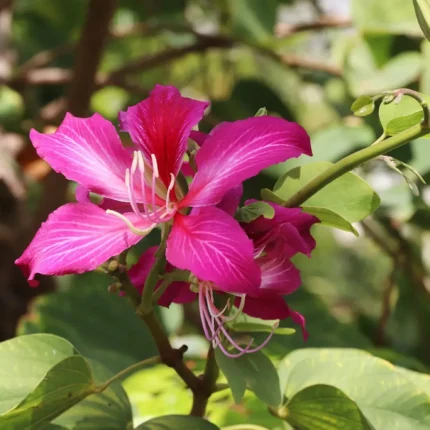
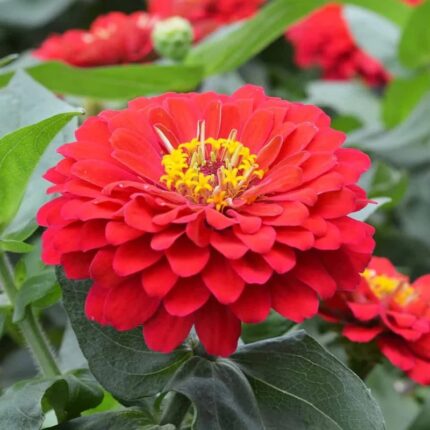
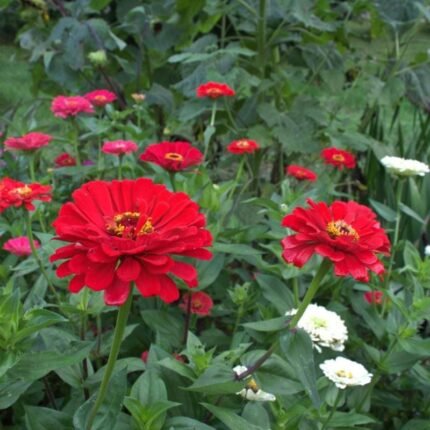

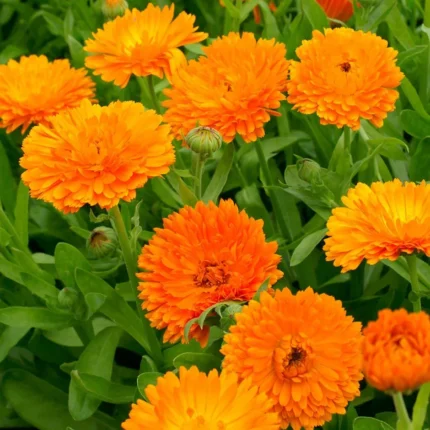

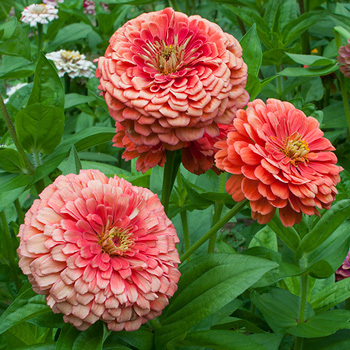
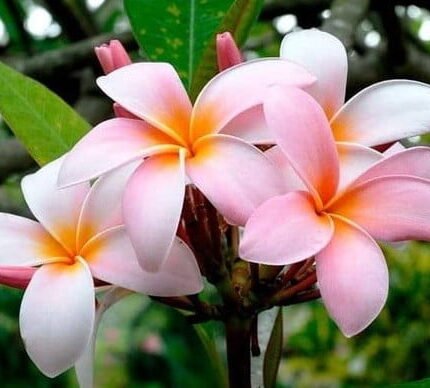


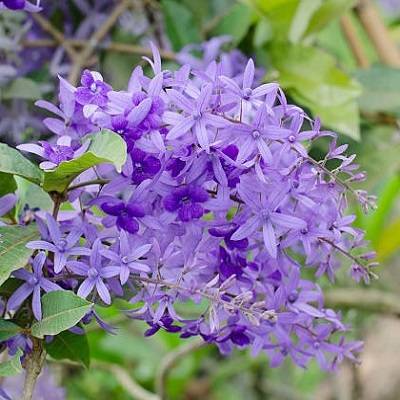
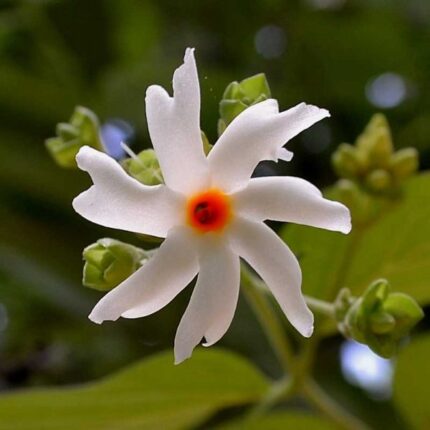
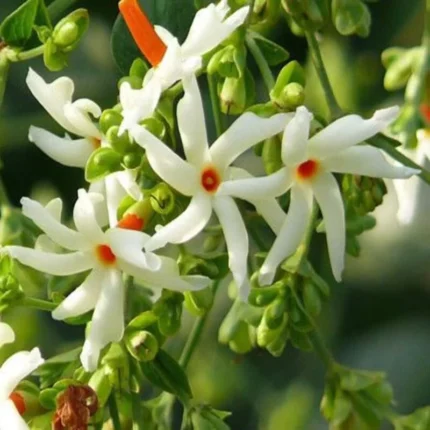
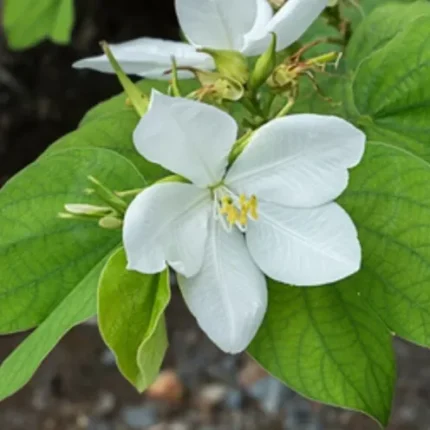

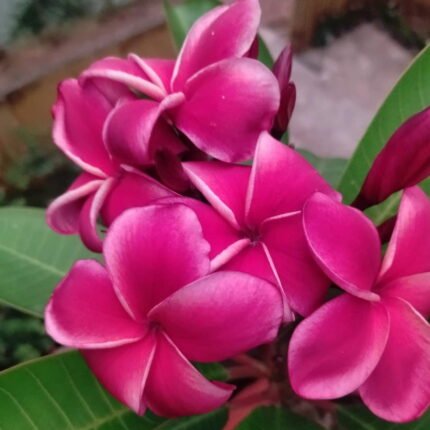
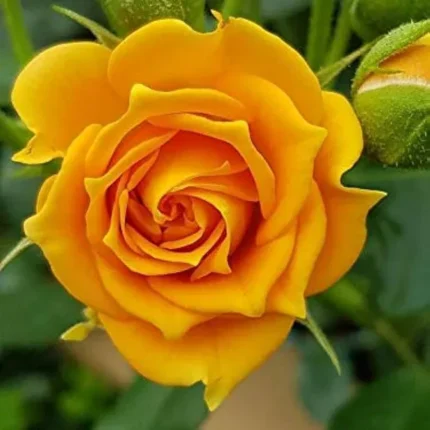
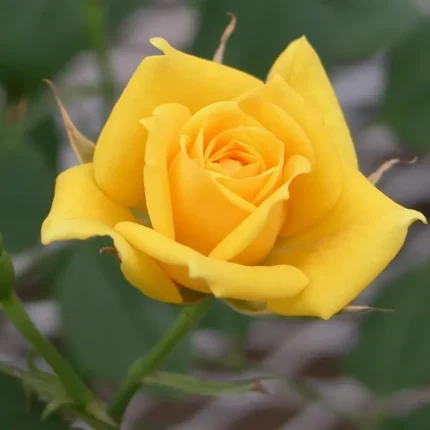


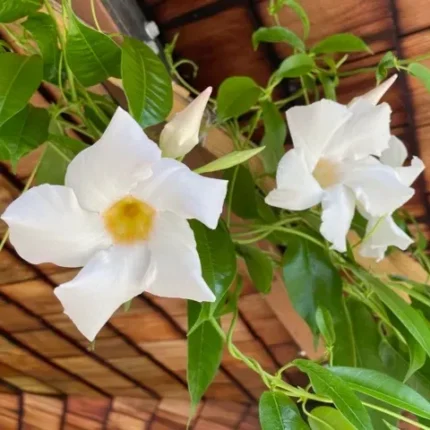
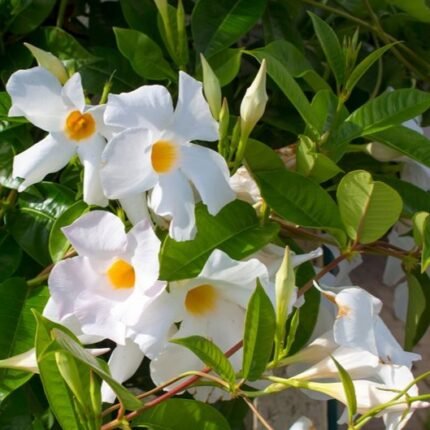
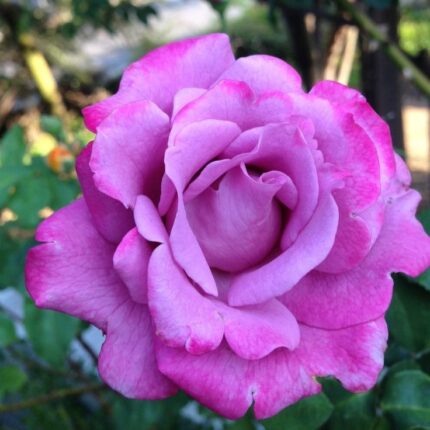

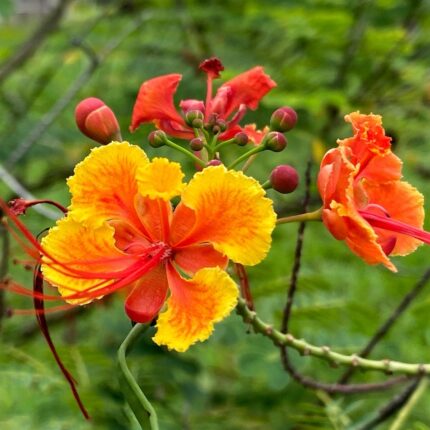
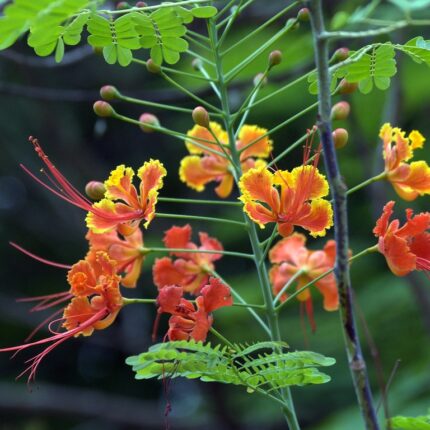
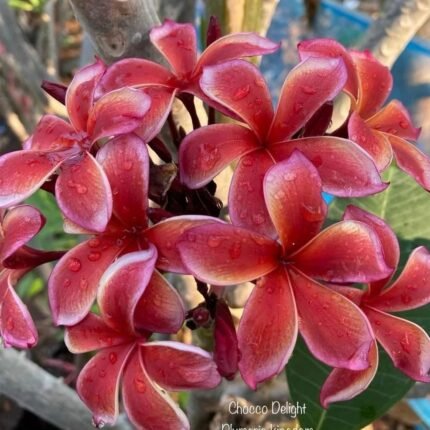
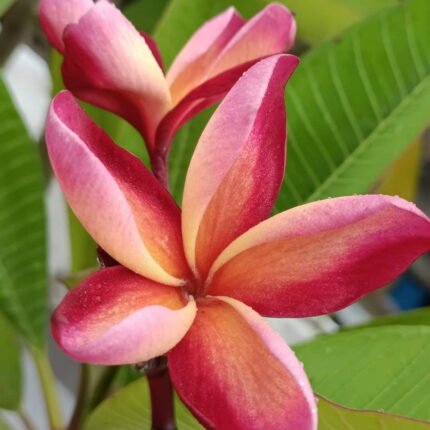
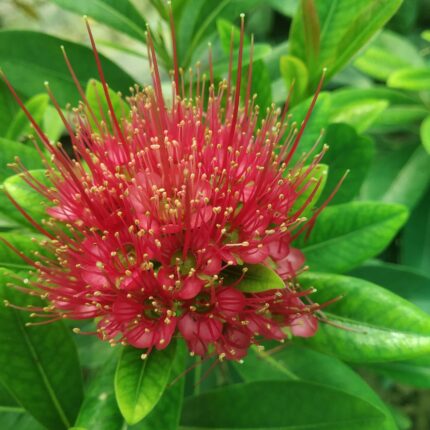
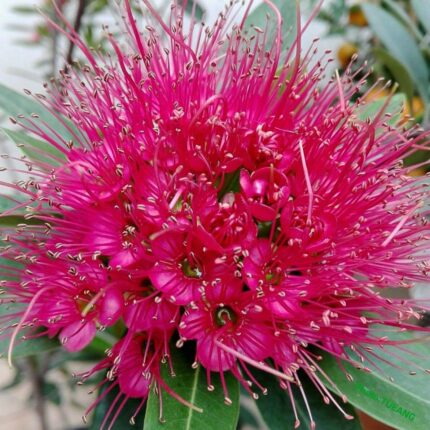
Zara Upadhyay –
Truly amazed by the quality of the plants. Really appreciate the care. Love you Royals Plant!
Saksham Dua –
Super happy with the vibrant and healthy plants. Such a pleasant experience. Love you Royals Plant!
Advika Ben –
Exceeded my expectations in how fresh the plants arrived. Love the service. Superb experience with Royals Plant.
Ivan Hayer –
Honestly a great experience with the plant condition on arrival. Big thumbs up!
Aniruddh Acharya –
Loved the the quality of the plants. Very professional. Thank you Royals Plant!
Alia Bhattacharyya –
Very satisfied with how well the plants were packed. Such a pleasant experience. Great job, Royals Plant.
Shamik Sankar –
Loved the the customer service and plant quality. Love the service. Ordering again from Royals Plant.
Lavanya Shanker –
Exceeded my expectations in how fresh the plants arrived. Love the service. Ordering again from Royals Plant.
Soham Mondal –
The plant arrived in excellent condition, with lush green leaves and a strong stem. Really impressed by the freshness. No mess at all! The box, pot, and plant all arrived just the way they should.
Rupam Das –
Received a lovely, well-grown plant that added charm to my balcony garden. Highly recommended. The plant was packaged safely with care, using eco-friendly materials which I appreciated.
Ankita Pal –
Absolutely loved the quality of the plant. It was vibrant, healthy, and looked even better than the pictures online. The packaging was very secure, with protective layering to prevent any damage during shipping.
Yasmin Lala –
Plant is thriving, thank you!
Kiaan Solanki –
Value for money, plant was in great condition.
Ritvik Garg –
Plant is thriving, thank you!
Tanya Garde –
Nice experience overall, plant was beautiful.
Vardaniya Kashyap –
Loved the plant, very healthy.
Alia Karpe –
Very fresh plant, nicely packed!
Dharmajan Malhotra –
Arrived safely and was well packed.
Shlok Vora –
Super healthy and green, highly recommend.
Sumer Bhatia –
Value for money, plant was in great condition.
Srija Roy –
I’m thrilled with the plant I received! It was well-rooted, moist, and thriving right out of the box. Very secure packaging, and even the box smelled fresh when I opened it.
Rupam Dey –
The plant arrived in excellent condition, with lush green leaves and a strong stem. Really impressed by the freshness. No mess at all! The box, pot, and plant all arrived just the way they should.
Pihu Varkey –
The variety of plants available is amazing. I received my order on time, and the plants were lush and green. It added so much life to my living room!
Reyansh Grewal –
Royals Plant never fails to impress me! The packaging, freshness, and delivery speed were spot on. Thank you for helping me build a beautiful green space at home.
Lakshit Date –
Beautiful, fresh, and well-maintained plants. The attention to detail in packaging was noticeable and appreciated. My entire indoor setup now looks so much better.
Miraan Bhalla –
Received my fourth order from Royals Plant and once again, it exceeded expectations. Thank you for keeping up the consistency and quality every time.
Tanya Maharaj –
I had ordered three different types of plants, and all of them arrived in excellent shape. The soil was moist and the pots were very sturdy. Really impressed.
Pihu Bakshi –
Royals Plant really stands out for its quality. Each plant was thriving when it arrived, and the packaging ensured zero damage. Truly a five-star service.
Samiha Dutt –
I had ordered three different types of plants, and all of them arrived in excellent shape. The soil was moist and the pots were very sturdy. Really impressed.
Saksham Gaba –
Beautiful, fresh, and well-maintained plants. The attention to detail in packaging was noticeable and appreciated. My entire indoor setup now looks so much better.
Jayan Talwar –
Royals Plant never fails to impress me! The packaging, freshness, and delivery speed were spot on. Thank you for helping me build a beautiful green space at home.
Saanvi Gola –
I love how neatly everything was packed. All the plants arrived in perfect condition and are growing really well. Excellent quality and care taken with each one.
Nishith Bhatia –
Unboxing the plants was such a delight. Everything looked exactly like the pictures. Healthy leaves, strong stems, and no damage during transit whatsoever.
Mohanlal Trivedi –
Unboxing the plants was such a delight. Everything looked exactly like the pictures. Healthy leaves, strong stems, and no damage during transit whatsoever.
Alisha Bora –
Beautiful, fresh, and well-maintained plants. The attention to detail in packaging was noticeable and appreciated. My entire indoor setup now looks so much better.
Pranay Bedi –
Beautiful, fresh, and well-maintained plants. The attention to detail in packaging was noticeable and appreciated. My entire indoor setup now looks so much better.
Shaan Sankar –
Arrived on time and all the plants were in excellent condition.
Shamik Madan –
I had ordered three different types of plants, and all of them arrived in excellent shape. The soil was moist and the pots were very sturdy. Really impressed.
Miraan Sule –
Affordable and premium quality plants.
Zeeshan Chad –
The quality exceeded my expectations.
Shanaya Dasgupta –
Excellent service and beautiful plants.
Navya Deshmukh –
I always trust Royals Plant for fresh plants.
Kiara Borah –
Excellent service and beautiful plants.
Anika Borah –
Excellent service and beautiful plants.
Dhruv Tak –
Loved the variety and freshness of the plants received.
Charvi Vohra –
Everything was well packed and delivered safely.
Keya Wali –
Excellent service and beautiful plants.
Riaan Gour –
Excellent service and beautiful plants.
Jivika Atwal –
Really happy with Royals Plant’s quality and fast delivery.
Suhana Sha –
The plants were fresh and healthy, delivery was quick and neat.